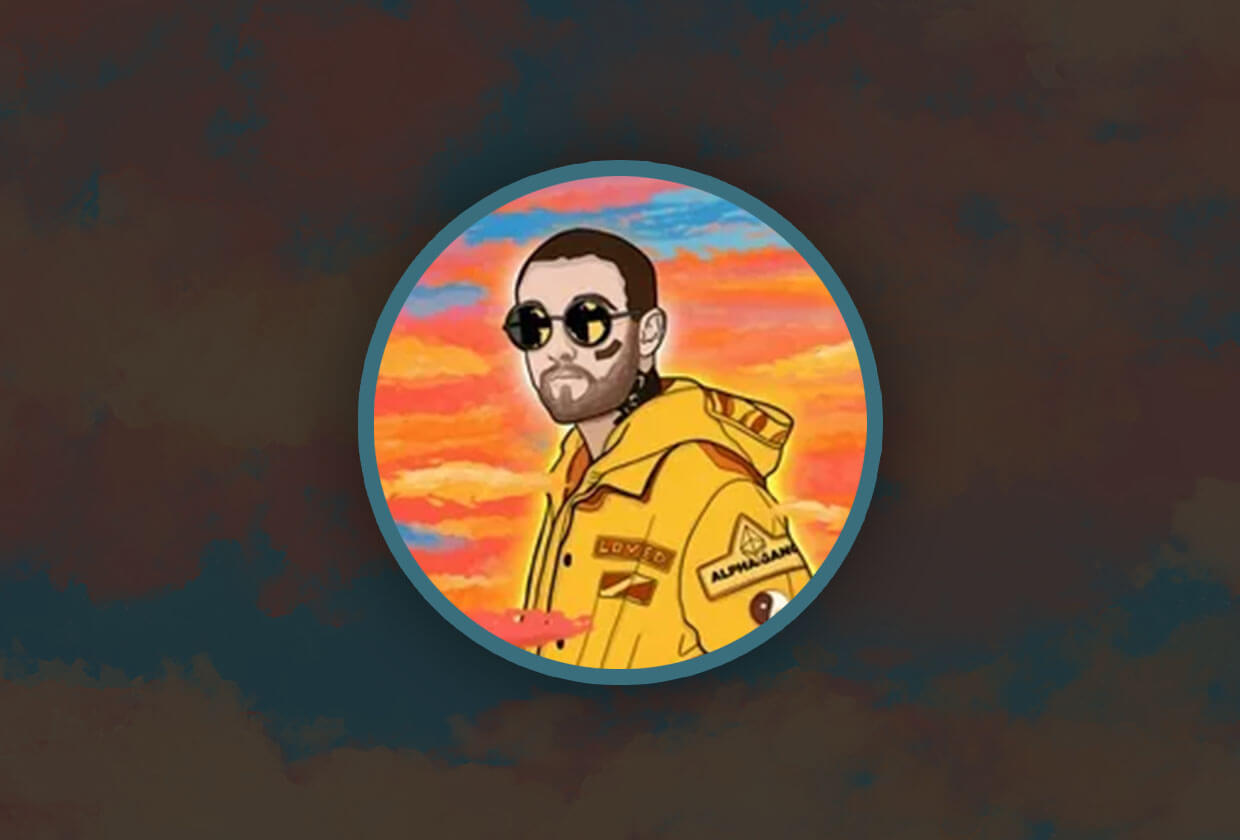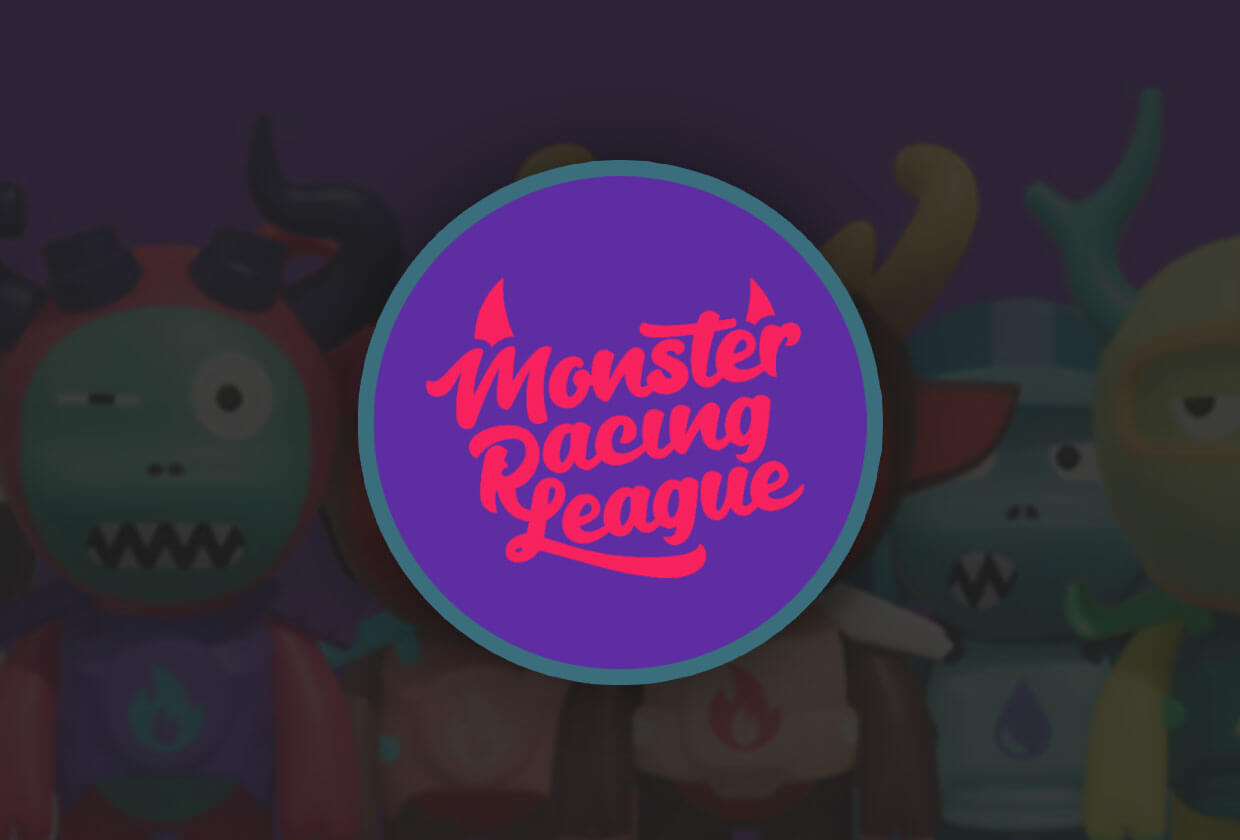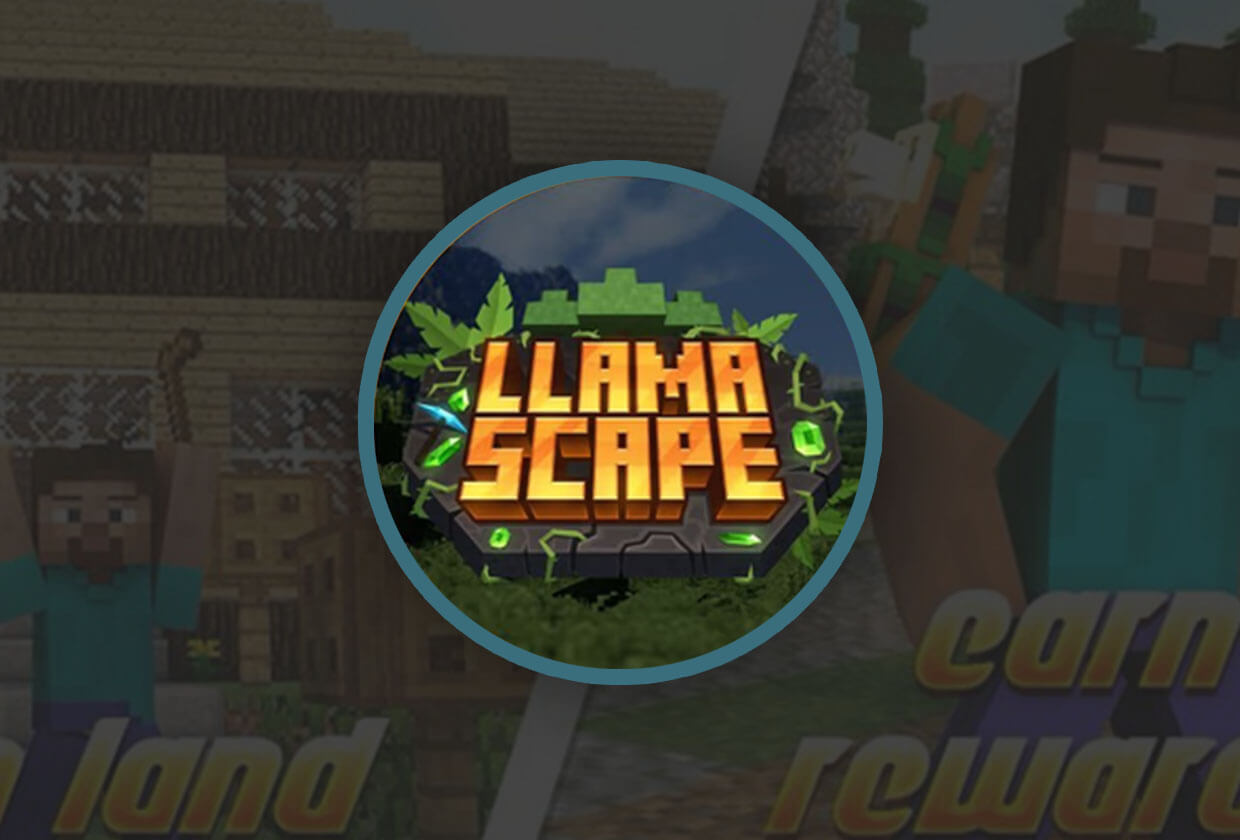
NFT Calendar – Upcoming NFT projects and drops
Are you finding it difficult to keep track of all the new upcoming NFT drops? That would be understandable. As the popularity of NFTs grow, so too does the amount of releases. On a monthly basis the releases can number in the several hundreds! Any regular average Joe with a nine to five job simply won’t have the time to keep track of it all.
Similar issues arise all the time in our everyday lives. How do we remember birthdays, anniversaries, appointments, and events? If you’re a superhero you might be able to remember it all in your head. But for all us regulars we turn to a simple yet effective invention: a calendar. By using an NFT calendar you will be able to keep track of all upcoming NFT projects without breaking a sweat. Let’s see how it works!
The Rising Popularity of NFTs

To understand why NFT calendars are a necessity in this day and age, we have to talk a bit about the rising popularity of NFTs.
In recent years, NFTs have skyrocketed in popularity. They constantly show up in headlines in articles from major publications, monthly traded volume increases, and new NFT drops happen more often. Why is this?
The simple answer is that NFTs are exploring the possibilities of the digital world and what this world can do for us as average people. Often, the ambition of these projects is to create a more free world with no restraints.
Essentially, they see the metaverse as a free space for all, where you can express yourself how you want without any middlemen.
Lots of people and businesses are starting to realize the boons of this, and so they experiment like there was no tomorrow. As a result, more NFT projects are launched, and more people become NFT owners.
With the volume of upcoming NFT drops only increasing, special tools are needed to keep track of it all. Here is the reason for NFT calendars: creating an intuitive overview. Keeping track of NFT calendar drops is essential to keep your head in the game.
What Is an NFT Calendar?
NFT calendars are much the same as the one you would hang on your refrigerator or office wall. It is a simple and intuitive overview of upcoming NFT drops that is continuously updated to stay relevant at all times.
This allows you to quickly establish what is happening in the world of NFTs at any time, and highlight projects that you find potentially interesting. Quite neat!
The content of the calendars can vary quite a bit, but this is the general framework of them.
Some calendars will include more general info about the upcoming NFT in question. This might be a brief description or an entire article. Often, you can find links to the project’s Discord, website and Twitter account so you can get easily involved.
Some NFT calendars are also specially curated. This means that a lot of the upcoming NFT projects are filtered away to highlight projects that distinguish themselves from others. This can be useful if you quickly want to locate exciting NFT drops.
However, this also means you have to rely on the research and recommendations of others rather than your own intuition.
How To Use an NFT Calendar
While an NFT calendar does make it very easy for you to get an overview of upcoming NFTs, it is also important that you make some conscious decisions while browsing it.
After all, not every upcoming NFT is going to be worth paying attention to for you. So make sure that you’re clear about what you’re looking for in an NFT before browsing.
When you’ve identified a project that you find interesting, figure out as many things about it as possible. Think of utility, value as a collectible, community support, and the team behind the project.
You should also make sure to check any extra information the calendar can tell you. Often they will have check marks that indicate whether the upcoming NFT project is verified or whether they have a sponsored position on the NFT drop calendar. Having the project be verified is very important for legitimacy, so make sure that’s in order.
If everything you’ve analyzed seems right for you, you should mark the project down and set an alert for it. That way you’ll be ready when the NFT project starts minting so you can get in on it early.
Curated VS. General Calendars
As mentioned in the section above, NFT drop calendars can be quite different from one another. The biggest difference lies in the fact of whether it is curated or more general in nature.
Curated calendars manually highlight NFTs they find interesting. General calendars make no such distinctions, and they feature everything. So, what are their benefits and disadvantages, and which type should you choose?
Curated calendars have the advantage that they have already done a lot of the legwork for you. They’ve done their research, and they clearly explain why the NFT drops in question are highlighted and what you can expect from it. This saves you a lot of time.
On the other hand, you have to make sure that you can trust the curators. After all, it can be difficult to know whether the NFT drops they highlight are some they get paid to present.
And again, you will be relying on other people’s evaluations to make your decision. This is not always wise or in your best interest. So while curated NFT calendars save you time, you should approach them with a healthy dose of skepticism.
General NFT calendars highlight everything that goes on. No filters, no distinctions – it’s all there. This gives you a much broader and more accurate overview of what is going on in the world of NFTs. This allows you to gain impressions about the upcoming NFTs without any outside influence.
However, you will have to do all of the research yourself. This can be a very time-consuming matter.
Therefore, it might be a good idea to simply use both types of calendars. Curated NFT calendars can be used to identify interesting projects easily, and the general calendar can be used to still keep track of the larger picture in the developing world of NFTs.
Constant & Reliable NFT Drop Updates
Another very great feature of NFT calendars is the fact that they are constantly and reliably updated. As soon as a new NFT drop pops out from the metaverse, the algorithms and people behind the calendars will know about it.
In a single day of browsing an NFT calendar, you are very likely to see a good chunk of new projects get added continuously.
This ensures you always have an accurate and trustworthy overview of what is going to be coming up and when.
Useful Filters for Finding Upcoming NFT Projects
Many NFT calendars will also include handy filters that you can use to narrow down your search for NFT drops you’ll be more interested in.
You can filter by time of mint. This is handy if you want to find projects that are just about to mint.
You can also filter by the blockchain that is used. Most NFTs are hosted on the Ethereum blockchain, but you can also find them on Solana or Tezos. Each blockchain brings their own possibilities for the project, so that could prove useful if you’re looking for something specific.
It is also possible to filter by the amount of active Discord members or Twitter followers. This is handy if you want to find projects like Bored Ape Yacht Club or Cryptopunks that have a big and lively community surrounding it.
Evaluating Interesting Upcoming NFT Drops
When marking down NFT drops you’re interested in, there are a wide variety of factors you will have to consider. And even after careful analysis, you still have to be careful.
Seeing as the NFT drops are upcoming and not released yet, there is no 100% accurate way to know whether the project will take off or have success. This is a constant risk we as NFT collectors and traders have to face.
But as mentioned, there are factors you can consider that will help you at least get to know as many important things about the NFT project in question as possible.
First off, consider the design of the NFT collection. Is it hand drawn or is it computer generated? How many different traits are there, and are some of them very unique?
After all, owning an NFT should give you a sense of owning something unique. A lot of the value lies there. If the collection is too general in its design then the value will usually be lower.
Now, consider the utility of the NFT. Is it a collectible, or can it be used for something? Both categories can have value on their own, but it’s typically through the combination of the two that a project could be promising.
Then we turn to the community and hype around the project. Are a lot of people talking about it? Do they seem to largely support it? Upcoming NFT projects with strong communities usually means there is hype attached to it. And hype translates to interest in minting and later purchasing. This could be a sign of a good investment.
You should also investigate the team behind the project. Are they anonymous or public? What are their backgrounds and qualifications? The team are the people directly responsible for the project, so its success largely depends on them. You should only invest in people you can trust.
Finally, take a look and see whether there is a roadmap for the project. This gives a good indication of what the project will try to achieve and what you can expect from it. A solid and detailed roadmap shows there is a vision behind the project, and that is important.
Keep these factors in mind while analyzing NFT calendar drops. And remember, even if your impression of a project is good after such an analysis, you should still be careful. Nothing is for sure until the project drops.
Why Use an NFT Calendar?
Now that we have discussed a lot of the technical aspects of NFT drop calendars, let’s get into why you should use one.
If you’re an avid NFT collector, an NFT calendar should be one of your standard tools in your arsenal.
This is due to the importance of getting into upcoming NFT drops as early as possible so you get a chance at the mint. This is where the price is lowest and so you will save, potentially, a good deal of money.
And if you’re more interested in making a good trade with the NFT, then getting it early makes sure you can increase your profits as much as possible.
An NFT calendar helps you do exactly these things: identifying interesting upcoming NFT drops so you can get in early compared to people who don’t use an NFT calendar.
An NFT drop calendar is also handy to use if you want to diversify your NFT portfolio. With so many new and exciting NFT drops happening on the regular, it is very easy to find different niches. And the more diversified your portfolio is, the stronger it stands even through hard times.
Onwards to the Moon!
To sum up, NFT calendars are incredibly useful tools that help you find upcoming NFT projects in an easy and intuitive way. They are continuously and reliably updated to always give the most accurate picture of the current situation, some of them are curated to save you time, and most have great filters that help you sort through the endless sea of upcoming NFTs.
If you are an avid NFT hunter, or if you’re trying to get deeper into the game and reach the moon, having an NFT calendar by your side is going to be an invaluable help. Just remember to do your own research and be smart about any investment you make. Ready, set, go!

